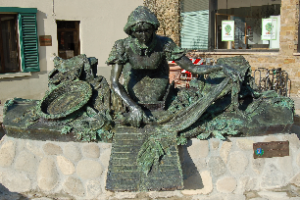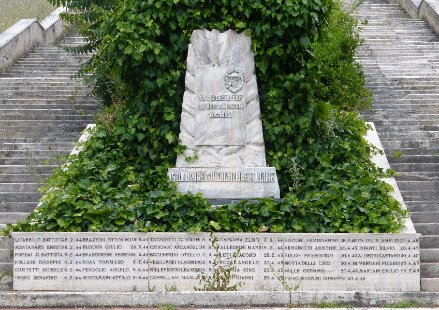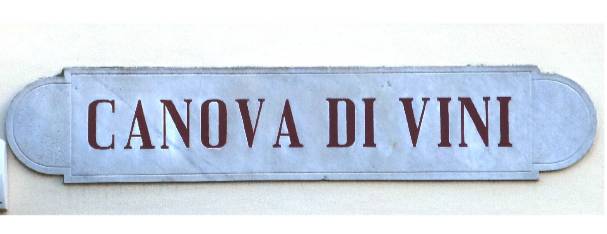
In Bernardo Machiavelli’s Memoirs, father of Niccolò, it is read that the “On July 19, 1475, I gave Ghirigoro di Jacopo da Rimaggio my tablecloth to clean,” and then, for several more years, he sends Andrea Scapella di Rimaggio and “Lorenzo di Jacopo bleacher in Candeli” handkerchiefs, napkins and cloths.
One can therefore say that Niccolò Machiavelli’s linen was washed in Rimaggio and in Candeli.
In fact, since the 15th century, the bleacher activity was widespread around the Rio Maggiore, which dealt with whitening and sterilizing families’ clothes. A business crisis occurred for a time in the 17th century when the Florentines were forbidden to send the clothes for washing to the countryside to avoid the contagion of the plague in the suburban territory.
In the 19th century, the work of launderer began to develop also in Grassina where, in the period of Florence Capital, it recorded a huge increase so much there were over 300 employees engaged in this activity.
With a handcart, on a Monday morning, one would walk around the city to collect the dirty laundry from customers. In the afternoon, the women began soaking the clothes and then boiled them in basins with ash and lye. Washing and rinsing then took place, sometimes directly in the water flow of the river. For drying, they would wait for windy days to hang the clothes outdoors and in the sun, creating a spectacle of great white expanses as if it had snowed. After ironing with the legendary mangle bundles of clean laundry were prepared to be returned to customers.
Therefore, it was a long and arduous job that, in addition to the launderers, also involved the soapers and carpenters. The Petrioli family of Grassina built the wooden utensils for five generations: the ladles, stretchers and crates to kneel down at the river.
Grassina became the village of launderers par excellence, so much so that in 1955 the director Lionello Fabbri shot a documentary film about this profession which, suddenly, was replaced by washing machines until they disappeared altogether.
But in order to preserve their memory, on March 22nd, 2009, a monument to the laundress was inaugurated in Piazza Umberto, a bronze work by the sculptor Silvano Porcinai from Grassina: “A tribute not only to the figure of the woman, wife, mother, a tireless worker, but to the whole country.”








